The Role Of The Second Due Engine Co – Part 1
If you can read this you must be second due.
That phrase was painted on the back of an engine I saw one day and have to admit it made me laugh but at the same time got me thinking. We spend the majority if not all our time training as the first to arrive engine company. As we all know, as the first line goes so goes the fire. But the responsibilities of the second to arrive engine company can be just as important. In this two-part series we will examine the role the second due engine company plays on the fireground.
Ensuring or Establishing A Water Supply
Ensuring a positive water source is one of the easiest things we can do and it does not even require us to be on scene yet to do it. How do we accomplish this?
We listen to the radio or pick up the mic and ask. If we pull onto the fire block and at this point we are still unsure we need to use our eyes. Do we see a supply line laid, is it being connected to the hydrant? If no is the answer to any of these questions it will be our responsibility to take care of the water supply by laying into the first due engine or making that hydrant connection.
Just because your department’s SOP dictates the first due engine lays into the fire building I would not neglect anything in the above paragraph. I have seen multiple occasions where the second due engine has passed up the hydrant only to find no water supply has been established. Have you ever heard the saying “how we think in the first five minutes of a fire dictates how we will spend our next two hours?”
Stretching the Initial Hoseline
There are instances where an incident commander or engine officer will commit the first and second due engine companies to stretching the first attack line. If we encounter an unusually long stretch or a complicated one we may need more than one company to stretch quickly and efficiently.
Commercial buildings where we are pulling two and a half-inch line, high-rise buildings with stand pipes and multiple floor buildings with return stairs are all times where two companies may be committed to ensure we get quick water to the seat of the fire.
In part 2 we will focus further into the duties we need to focus and train on as the second due engine. Remember, every fire is different and we need to be flexible to achieve the end result of extinguishment. The areas described above will however provide us a good base to train on.
Part 1 of 2
Cover and Feature Photos Courtesy: Steve Silverman
Part 2 link: https://firefightertoolbox.com/role-second-due-engine-company-part-2/

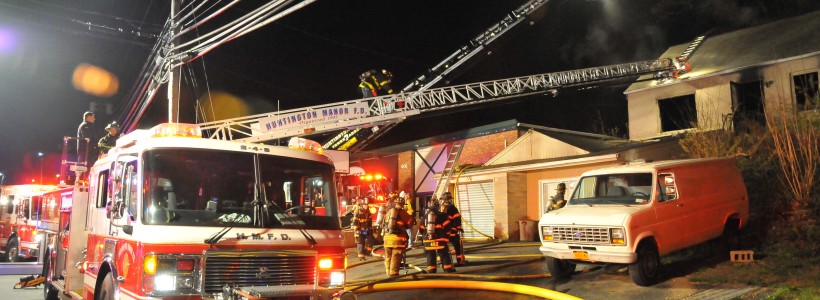
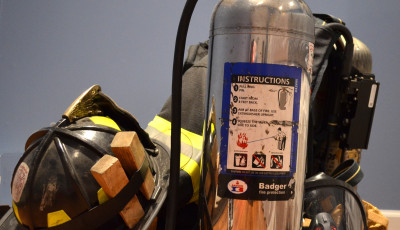
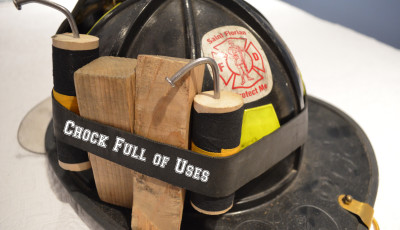
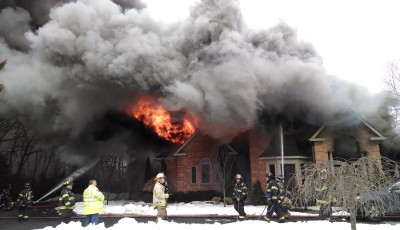
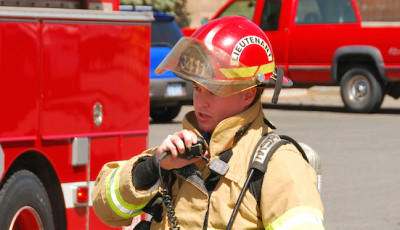
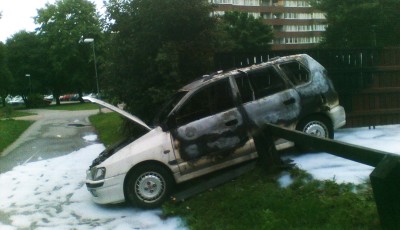
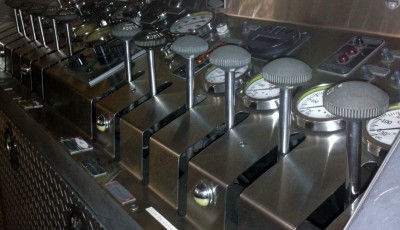




Pingback: Top 5 Engine Company Articles For 2013 | FireFighterToolBox
Pingback: The Role Of The Second Due Engine – Part 2 | FireFighterToolBox